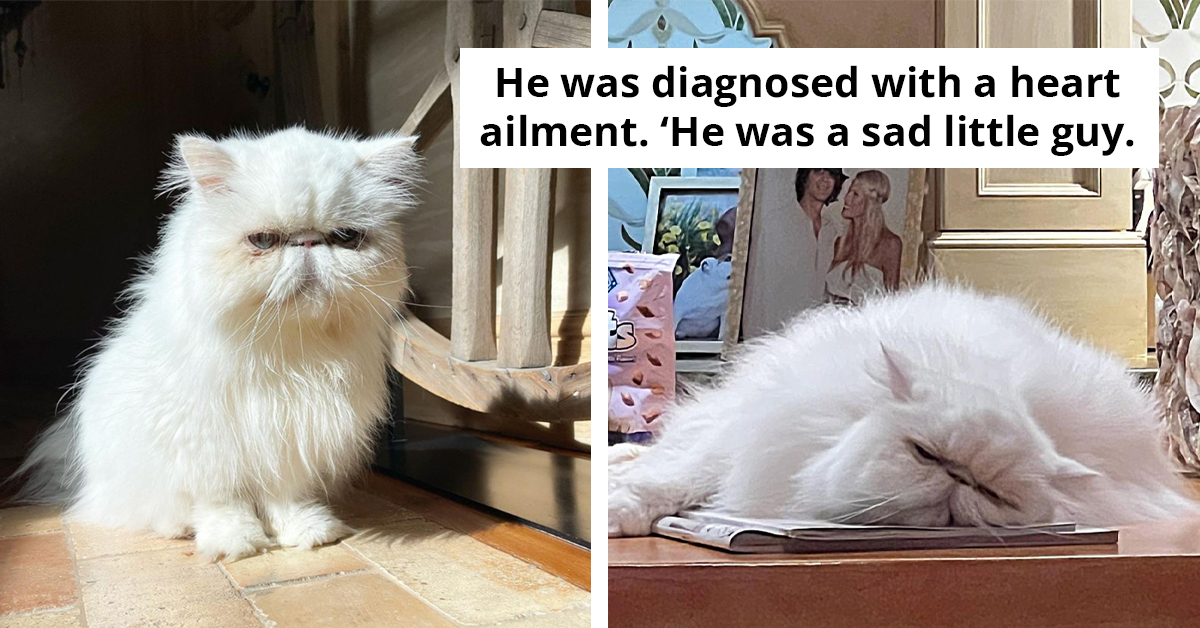An Incredible Tricolored Suit Makes This Bird Gorgeous - Meet The Red-Headed Woodpecker
There is something mysterious about woodpecker birds that we cannot explain. Every time we hear its knocking, something compels us to stop, look up, and try to spot it.
While we attempt to determine the source of its knocking, we have many questions in our minds: What color is it? What is it doing? Is it going to stop knocking, or has it just started? Oh, their knocking is so fascinating, like a melody we can't get enough of, and the mystery we must solve.
They belong to the family Picidae, which comprises around 240 species distributed across 35 genera. There are so many of them out there, and it seems that each one is different from the others.
This magnificent bird is called the Red-headed Woodpecker, and when you see its picture, you'll understand where its name comes from. It is a true beauty among its kind.
Its cheerful, clearly defined colors of feathers make it a real gentleman. The tricolored suit consists of red, black, and white.
It has a characteristic appearance with a striking crimson head and neck, a black back and wings, and white underparts. It is easily noticeable, even though people often confuse it with the red-bellied woodpecker, which has a bright orange crown and the back part of its neck.
Therefore, just look at the colors, for the Red-headed Woodpecker is distinctly crimson above its shoulders. It's one of the rare woodpeckers with a completely dark red head.
Take a look at the photos of this gorgeous Red-headed Woodpecker, and let us know if you've ever seen it before.
Meet the Red-headed Woodpecker
“The red-headed woodpecker has very distinctive, large color patches with no variegation, striation, or striping,” says Emma Greig, project leader at Project FeederWatch.

Males and females have the same colorful plumage, and newborns have similar markings, but they are brown, black, and white.

The Red-headed Woodpecker is a medium-sized bird.
Both sexes, male and female, measure 19 to 25 cm (7.5 to 9.8 in) in length. Their weight ranges from 56 to 97 g (2.0 to 3.4 oz), with an average of 76 g (2.7 oz).
The wing length is 12.7–15 cm, and their wingspan is 42.5 cm (16.7 in). The tail length is 6.6–8.5 cm (2.6–3.3 in), the bill measures 2.1–3 cm (0.83–1.18 in), and the tarsus is 1.9–2.5 cm (0.75–0.98 in).

Their longevity is a maximum of 9.9 years.

These birds are omnivorous; they can feed on both plant and animal matter.
They eat insects, fruits, seeds, nuts, berries, and even small rodents and other birds' eggs. Their favorite foods include beechnuts, acorns, pecans, and fruits like pears, apples, mulberries, and grapes.

Around two-thirds of their diet consists of plants.

Northern birds begin to migrate in late October to warmer regions for the winter, returning in the breeding season, which starts at the end of April.

They are not considered an endangered species.

Their habitat is North America.

If you want to attract these charming birds to your property, you can do so by leaving dead trees, planting deciduous woodlands, and providing food. Although they are omnivores, they have their favorites.
Some fruits, acorns, and pecans should be enough to make them fall in love with your parcel.



